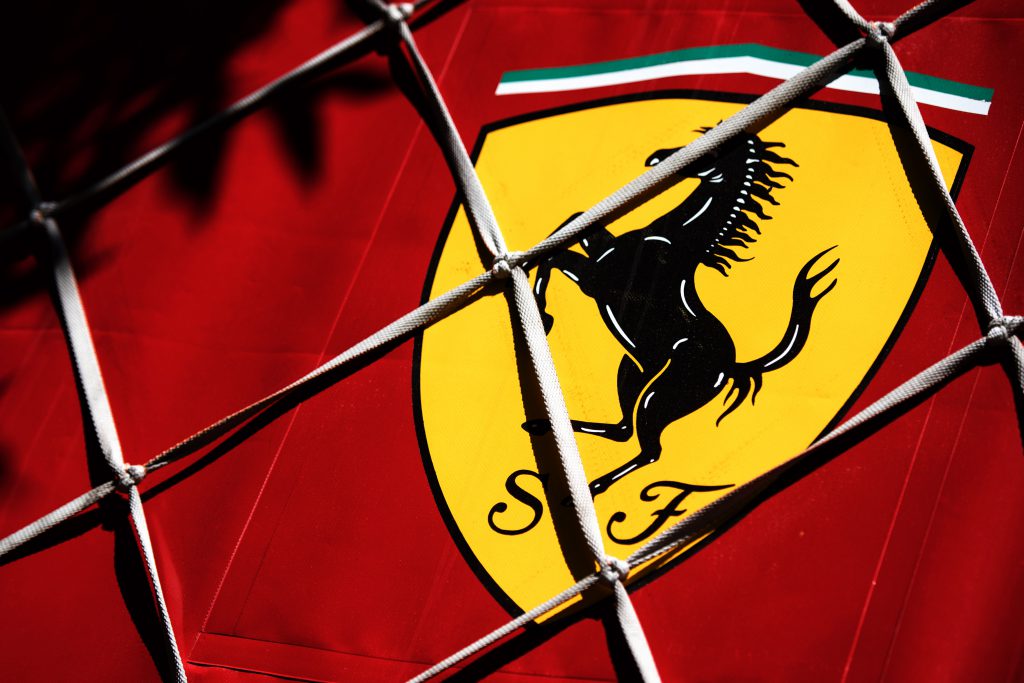Up Next

The FIA has admitted to “suspicions” that the Ferrari Formula 1 engine was not operating legally at all times last year, but defended its decision to settle the matter confidentially.
This latest statement in the Ferrari engine saga comes in response to yesterday’s demand from the seven non-Ferrari-powered Formula 1 teams for more information on the settlement reached with the FIA following investigations into the Italian manufacturer’s power unit.
While the FIA’s original statement, released 12 minutes before the end of pre-season test on February 28, did not explicitly confirm the Ferrari engine was considered illegal, this goes further.
But although the FIA had its suspicions, the statement also makes clear that Ferrari denied any wrongdoing and that there was therefore a risk of a lengthy legal process should further action be attempted given the complexity of the case.
This led to the confidential settlement, details of which have yet to be issued beyond the fact Ferrari is assisting the FIA in regulatory duties and research into carbon emissions and sustainable fuels.
“The extensive and thorough investigations undertaken during the 2019 season raised suspicions that the Scuderia Ferrari PU could be considered as not operating within the limits of the FIA regulations at all times,” said the statement.
“Scuderia Ferrari firmly opposed the suspicions and reiterated that its PU always operated in compliance with the regulations.
“The FIA was not fully satisfied but decided that further action would not necessarily result in a conclusive case due to the complexity of the matter and the material impossibility to provide the unequivocal evidence of a breach.”
“To avoid the negative consequences that a long litigation would entail especially in light of the uncertainty of the outcome of such litigations and in the best interest of the Championship and of its stakeholders, the FIA, in compliance with Article 4 (ii) of its Judicial and Disciplinary Rules (JDR), decided to enter into an effective and dissuasive settlement agreement with Ferrari to terminate the proceedings.”
It is true that Article 4 (ii) of the FIA’s judicial rules do allow this kind of investigation and for a confidential settlement to be agreed that is not made available to third parties.
However, in their statement of yesterday the seven non-Ferrari teams – Mercedes, Red Bull, McLaren, Renault, AlphaTauri, Racing Point and Williams – did suggest they could seek “legal redress” should the FIA’s response not be satisfactory.
These teams could legitimately argue they are not third parties to this case, especially given the statement underlined they had brought the concerns about Ferrari’s engine to the FIA’s attention.
The FIA’s new statement insists that its treatment of the case is in line with standard legal practices and therefore the confidential settlement is provided for in the rules.
“This type of agreement is a legal tool recognised as an essential component of any disciplinary system and is used by many public authorities and other sport federations in the handling of disputes,” said the statement.
“The confidentiality of the terms of the settlement agreement is provided for by Article 4 (vi) of the JDR.
“The FIA will take all necessary action to protect the sport and its role and reputation as regulator of the FIA Formula One World Championship.”
The seven teams are understood also to have written directly to the FIA for further information, so their next step will depend not just on this public statement but any behind-the-scenes information shared by the FIA in response to this.
The statement in full
Following yesterday’s announcement by seven F1 teams, the FIA would like to make the following clarifications:
The FIA has conducted detailed technical analysis on the Scuderia Ferrari Power Unit as it is entitled to do for any competitor in the FIA Formula One World Championship.
The extensive and thorough investigations undertaken during the 2019 season raised suspicions that the Scuderia Ferrari PU could be considered as not operating within the limits of the FIA regulations at all times. The Scuderia Ferrari firmly opposed the suspicions and reiterated that its PU always operated in compliance with the regulations. The FIA was not fully satisfied but decided that further action would not necessarily result in a conclusive case due to the complexity of the matter and the material impossibility to provide the unequivocal evidence of a breach.
To avoid the negative consequences that a long litigation would entail especially in light of the uncertainty of the outcome of such litigations and in the best interest of the Championship and of its stakeholders, the FIA, in compliance with Article 4 (ii) of its Judicial and Disciplinary Rules (JDR), decided to enter into an effective and dissuasive settlement agreement with Ferrari to terminate the proceedings.
This type of agreement is a legal tool recognised as an essential component of any disciplinary system and is used by many public authorities and other sport federations in the handling of disputes.
The confidentiality of the terms of the settlement agreement is provided for by Article 4 (vi) of the JDR.
The FIA will take all necessary action to protect the sport and its role and reputation as regulator of the FIA Formula One World Championship.



